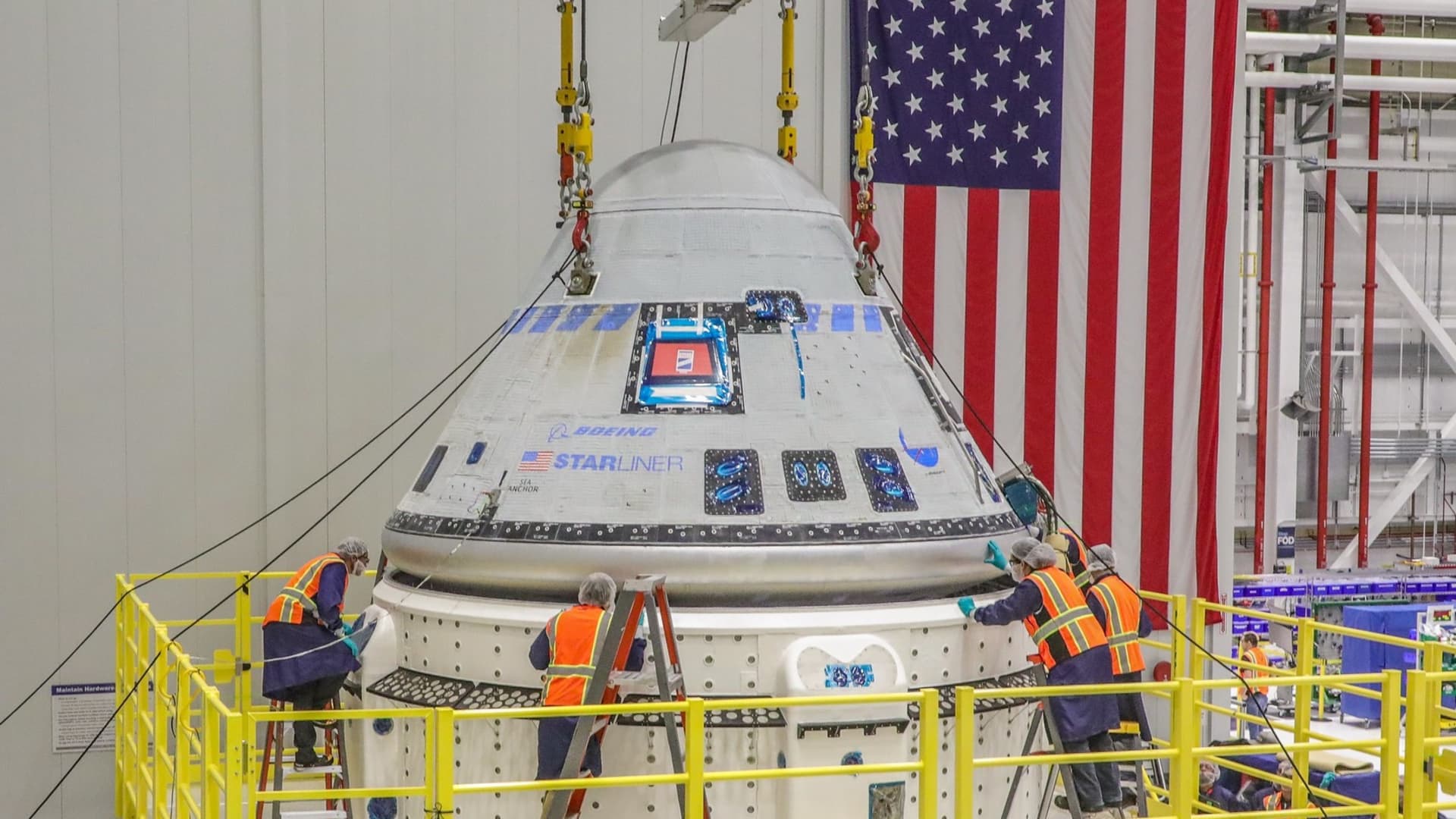Kessler Syndrome is a term that describes a catastrophic scenario in space where the density of objects in low Earth orbit (LEO) becomes so high that collisions between these objects lead to a cascade of further collisions. This concept was first proposed by NASA scientist Donald J. Kessler in 1978. In essence, Kessler Syndrome suggests that a single collision could generate a significant amount of debris, which, in turn, could collide with other objects, creating even more debris. This process could result in a self-perpetuating cycle that renders certain regions of space unusable for satellites and other spacecraft.
The increasing number of satellites launched into orbit, coupled with the existing debris from previous missions, raises concerns about the potential onset of Kessler Syndrome. As of 2023, thousands of satellites are operational, and even more are planned for the near future. The proliferation of small satellites, particularly those associated with mega-constellations intended for global internet coverage, has further exacerbated the situation. With more objects in orbit, the likelihood of collisions increases, and the risk of triggering Kessler Syndrome becomes a pressing issue.
Currently, there are millions of pieces of space debris orbiting Earth, ranging from defunct satellites to spent rocket stages and fragments from past collisions. According to estimates from the European Space Agency, there are over 34,000 pieces of debris larger than 10 centimeters, and millions of smaller fragments that pose a risk to operational satellites and the International Space Station (ISS). The presence of this debris presents significant challenges for space agencies and private companies alike, as even small fragments can cause severe damage to spacecraft traveling at high velocities.
In recent years, there have been several notable incidents that highlight the growing concern over space debris. For instance, in 2009, an inactive Russian satellite collided with a functioning Iridium communications satellite, creating thousands of new debris fragments. More recently, in 2021, a Chinese rocket body re-entered the Earth’s atmosphere, raising alarms about potential collisions and uncontrolled re-entries. These events serve as reminders that the risk of collisions is not merely theoretical; it is a real and present danger that could have dire consequences for future space endeavors.
Some scientists argue that we may already be witnessing the early stages of Kessler Syndrome. The increasing number of satellite launches and the growing density of objects in LEO suggest that the conditions for a cascade of collisions are becoming more favorable. As more satellites are deployed, the risk of collisions will continue to rise, creating a feedback loop that could lead to a situation where the space environment becomes increasingly hazardous.
To mitigate the risks associated with Kessler Syndrome, various strategies are being explored. One approach involves improving tracking and monitoring systems for space debris to better predict potential collisions and take evasive action when necessary. Organizations like the U.S. Space Surveillance Network and the European Space Agency are actively working to track debris and provide warnings to satellite operators.
Another strategy involves designing satellites with end-of-life protocols that ensure they are removed from orbit after their operational lifespan. This could include deorbiting mechanisms or moving satellites to “graveyard” orbits, where they pose less risk to active satellites. Additionally, there is ongoing research into active debris removal technologies, which aim to capture and remove larger pieces of debris from orbit to reduce the overall risk.
International cooperation is also crucial in addressing the challenges posed by space debris. Many countries and private companies are involved in space activities, and a coordinated effort is necessary to establish guidelines and best practices for satellite design, launch, and end-of-life management. The United Nations Office for Outer Space Affairs has been working on developing frameworks to promote the sustainable use of outer space and reduce the risks associated with space debris.
In conclusion, Kessler Syndrome presents a significant challenge to the future of space exploration and satellite operations. As the number of objects in low Earth orbit continues to grow, the risk of collisions and the potential for a cascade of debris events become more pronounced. While scientists believe that we may already be witnessing the early signs of this phenomenon, proactive measures can be taken to mitigate the risks. By improving tracking systems, designing better satellites, and fostering international cooperation, the space community can work together to ensure the safety and sustainability of outer space for generations to come.


